Biological diagnosis
Home » Biological diagnosis
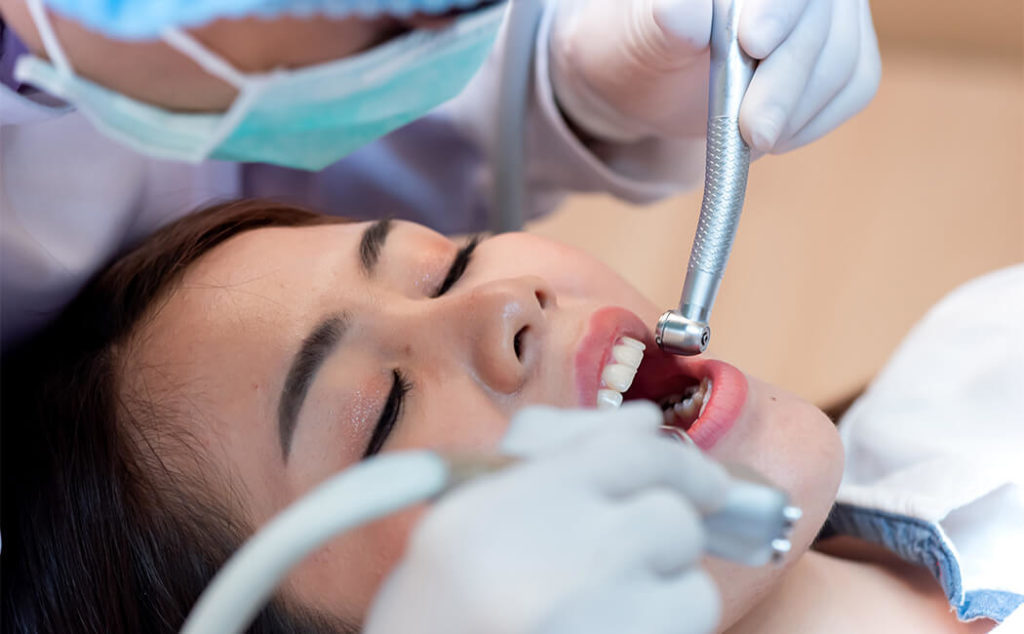
Clinical examination
We note everything that is visible in the mouth and that can create a local or peripheral problem:
- Untreated edentulous areas,
- gingival inflammation,
- abnormal bone loss,
- presence of metal-based crowns,
- presence of amalgam fillings,
- presence of decay or leaking resin, presence of nickel-based retention materials
- presence of titanium or ceramic implants.
Biological assessment
With your consent, we will have important laboratory parameters determined for further diagnosis and treatment as individually as possible. The results of external laboratory examinations take time.
Depending on your history, clinical and panoramic analysis, we can look for :In case of NICO, we often observe a strong overexpression of this non-specific immune chemokine
This stimulation test registers the cytokine response after contact with titanium oxide and is used to diagnose possible intolerance or hypersensitivity to titanium or sensitivity of your immune system by the release of titanium oxide particles.
This test tells us about your sensitivity to metals and/or plastics in your jaw. These materials can alter the body's proteins and lead to immune activation, which can manifest as local symptoms, but also cause or reinforce systemic inflammatory reactions.
Cytokines play an elementary role in intercellular communication and transmit pro- and anti-inflammatory effects.
This analysis provides information on the current immune quality and its regulatory capacity
The results of the OroTox® test indicate a detectable release of toxins on devitalized teeth. It is therefore recommended to additionally measure the systemic exposure to toxic sulfur compounds in the blood.
ATP plays a key role in our body, as a universal source of energy for cells. The history may prompt an analysis of the current ATP concentration in the blood
Vitamin D, which is not a vitamin but a hormone, is essential for basic immunity and for the regulation of calcium and phosphate metabolism, and thus for bone formation. This property makes it an important parameter in integrative dentistry.
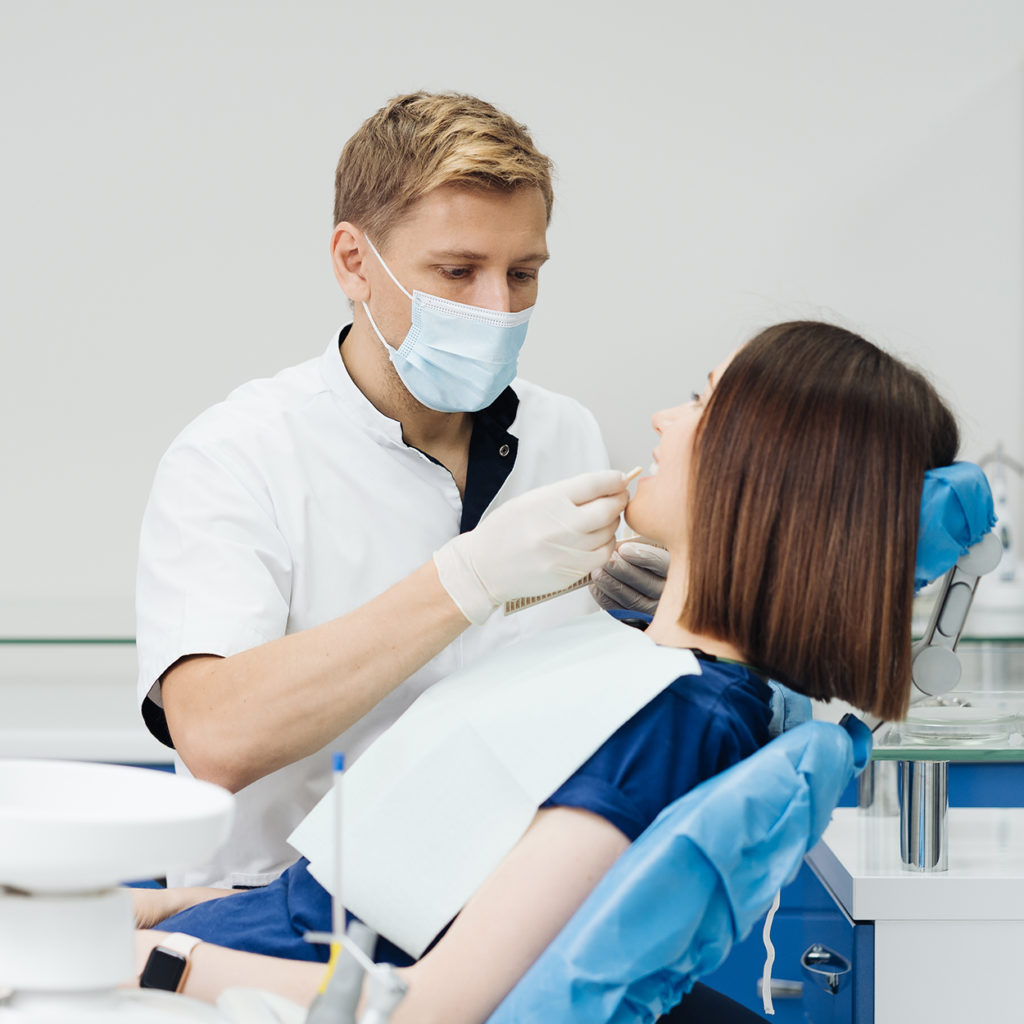
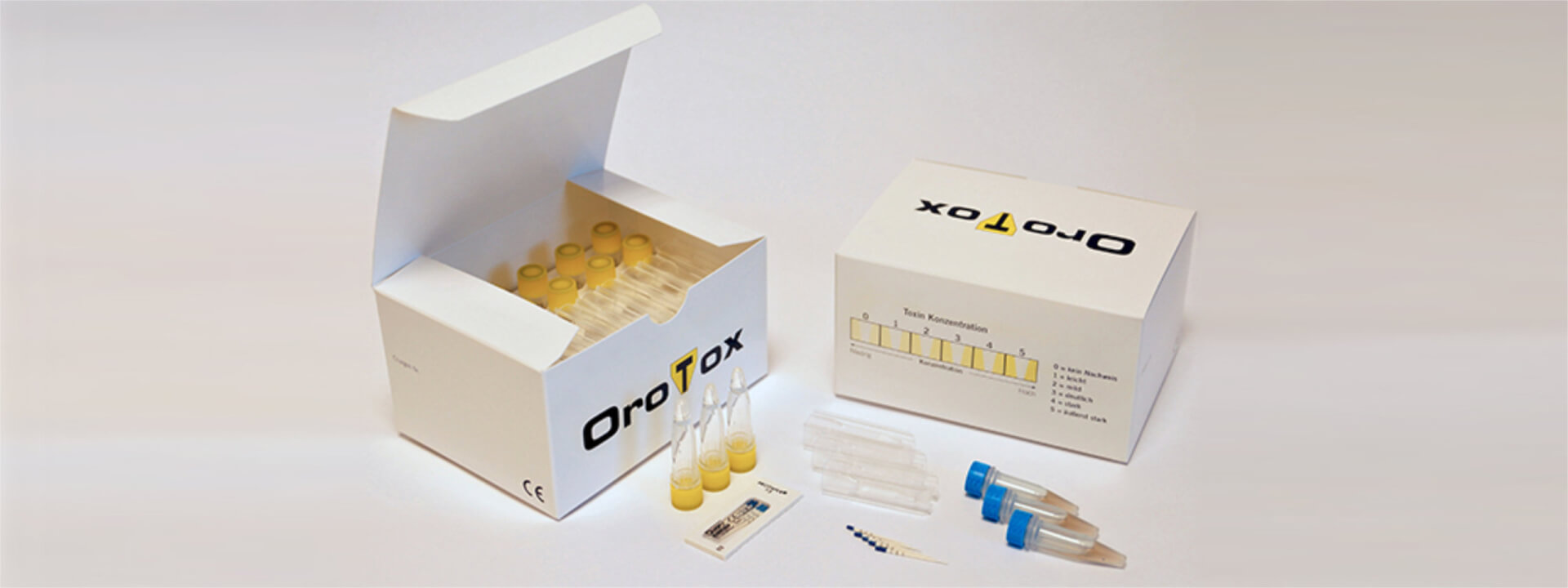
OroTox®-Test (Toxin exposure)
This rapid test is used to assess the presence of toxic hydrogen sulphide compounds (thiols, mercaptans, cadaverines) produced by anaerobic bacteria present in the dentinal tubules of a devitalized tooth
This exposure can lead to acute or chronic inflammation in the apical area of the tooth as well as profound systemic consequences (damage to the nervous system, cell metabolism, function of vital enzymes, etc.).Radiological examinations - the ALARA principle
Our practice follows the ALARA principle
ALARA stands for "As Low As Reasonably Achievable".
The ALARA principle is one of the basic principles of protection against ionising radiation. The aim is to reduce the individual and collective dose to the staff of nuclear service providers.
This is why we use CaviTAU® in FDOJ research, also known as NICO
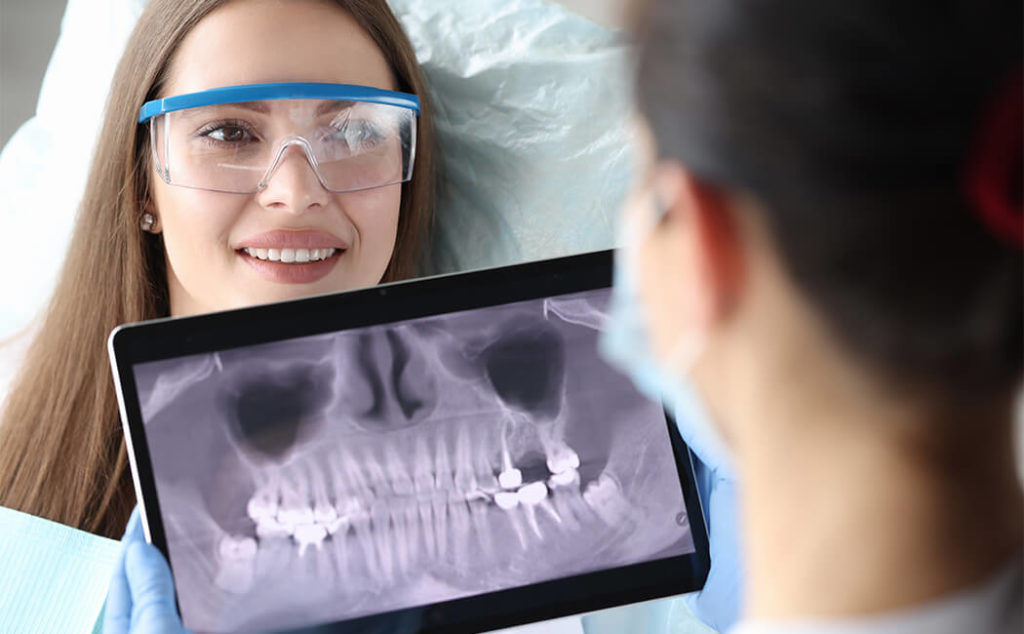

Dental panoramic
This radiological examination allows a first approach, i.e., vision of the bone of the edentulous zones which can potentially present a NICO, presence of root treatment, bone level around the implants etc...
If areas are likely to contain NICOs, we will search for them with the CaviTAU®, which will confirm their presence or not by measuring bone density.
CaviTAU® ultrasound (Transition Alveolar Ultrasonography).
If we suspect the presence of NICO or chronic osteolysis in the jaws, we use CaviTAU®, which is a non-radiation diagnostic tool.
The CaviTAU® allows us to differentiate bone density.
Chronic inflammation in the jawbone, also known as silent inflammation, is suspected to play a decisive role in the development of various diseases or to influence them.
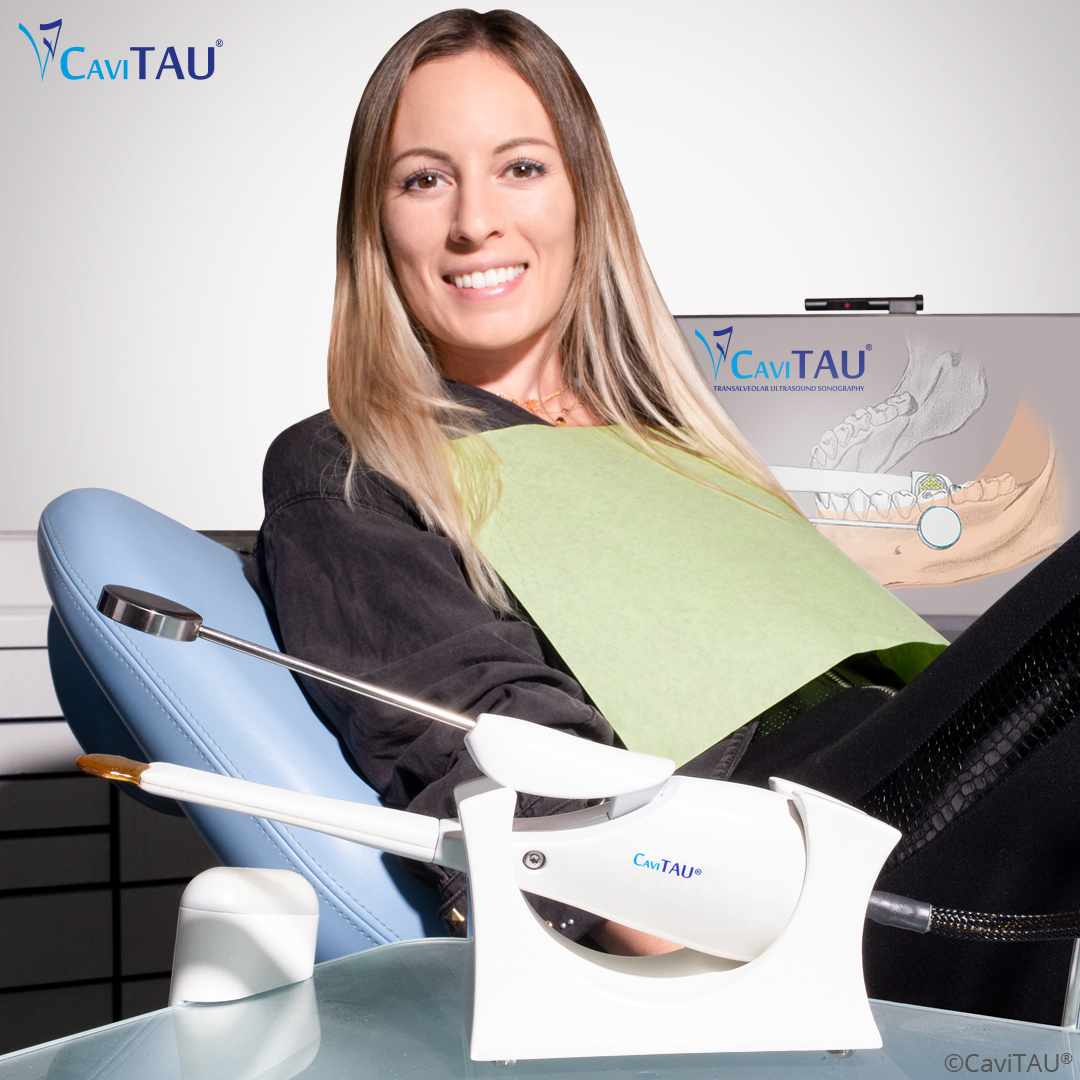
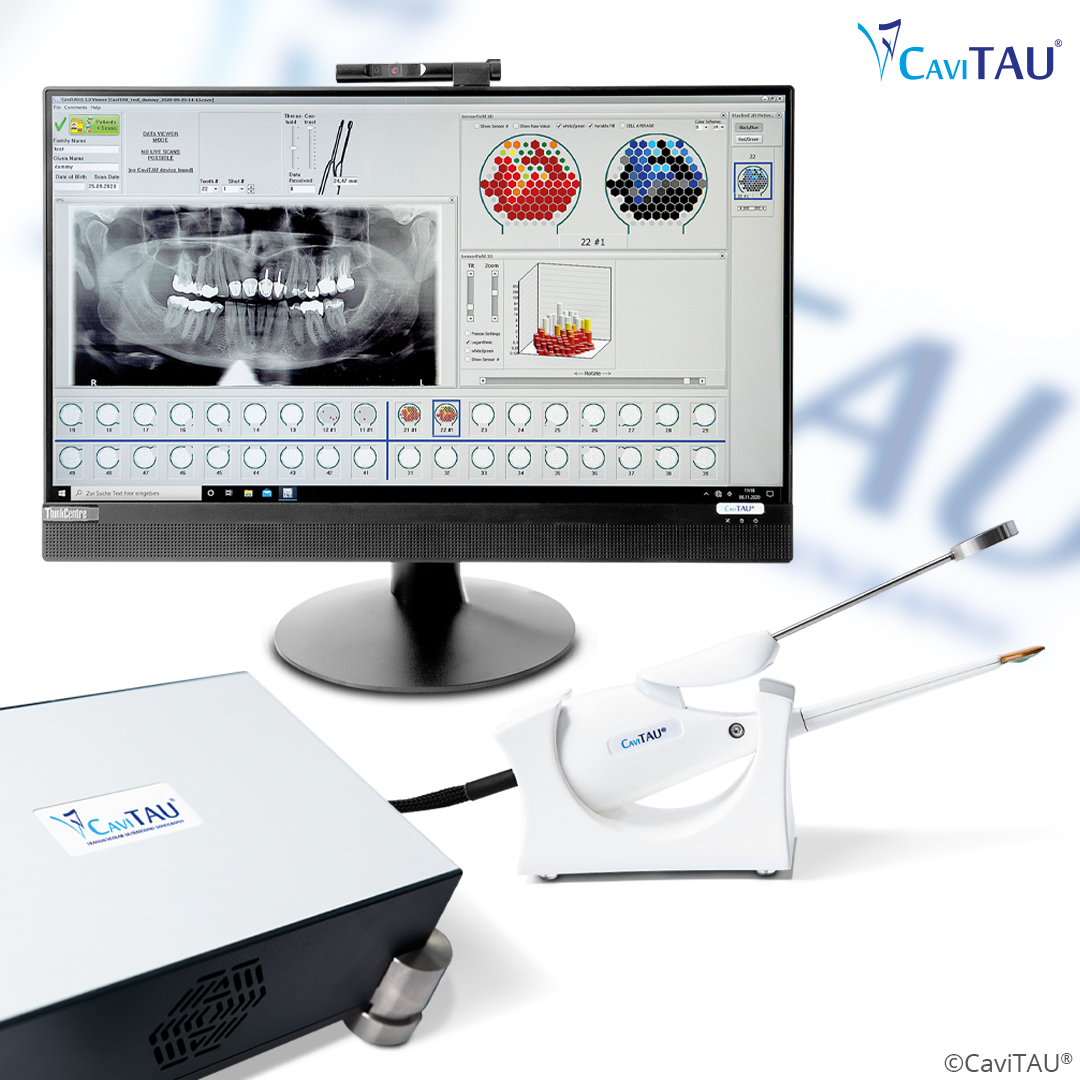
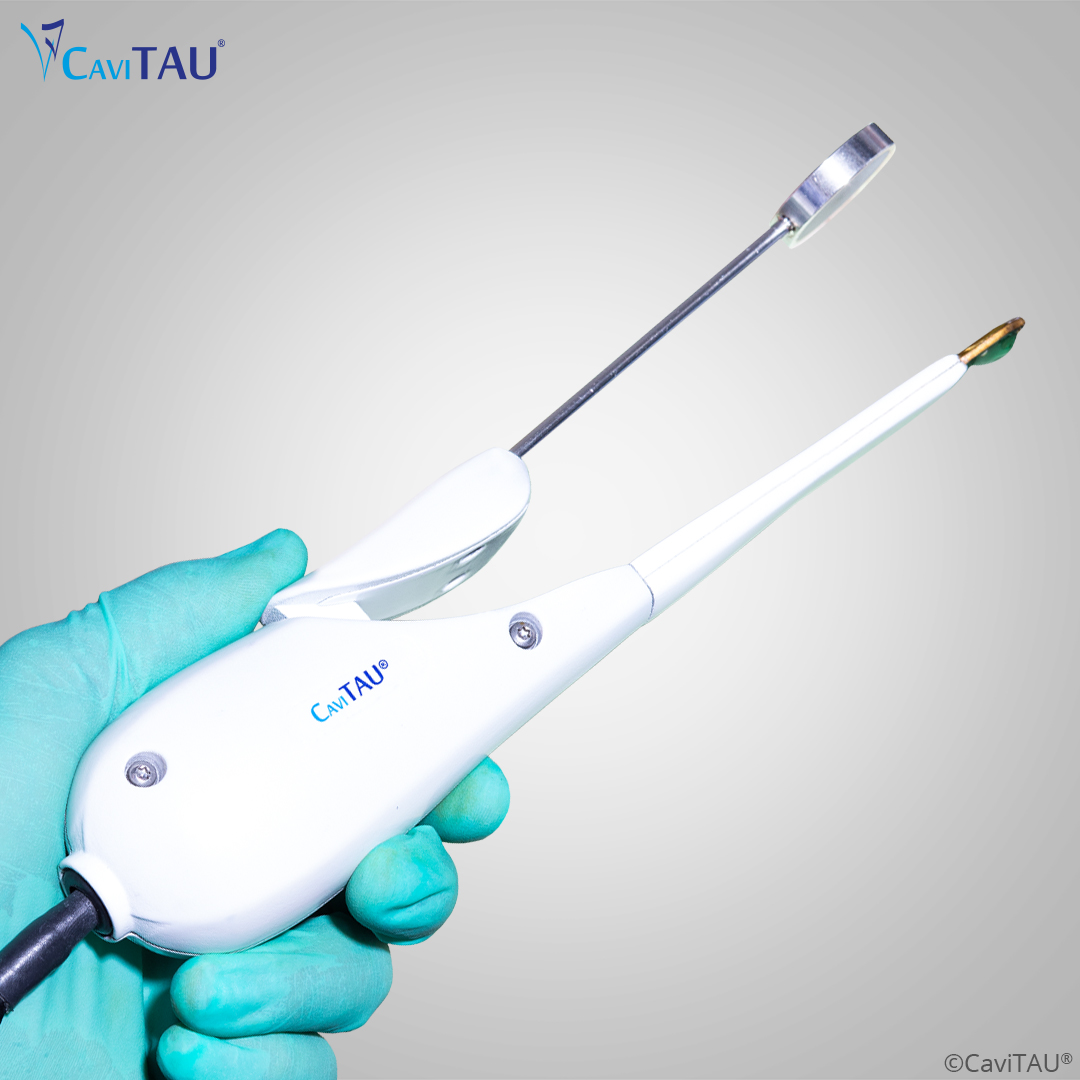

Digital volume tomography (Cone Beam - 3D)
The Radiation Protection Act prescribes that the patient's exposure to radiation should be kept to a minimum.
In the case of abnormalities in the jawbone, which are revealed by the 2D image or the non-radiating CaviTAU® ultrasound examination, a three-dimensional digital X-ray of your jaws is necessary for a more thorough diagnosis.
